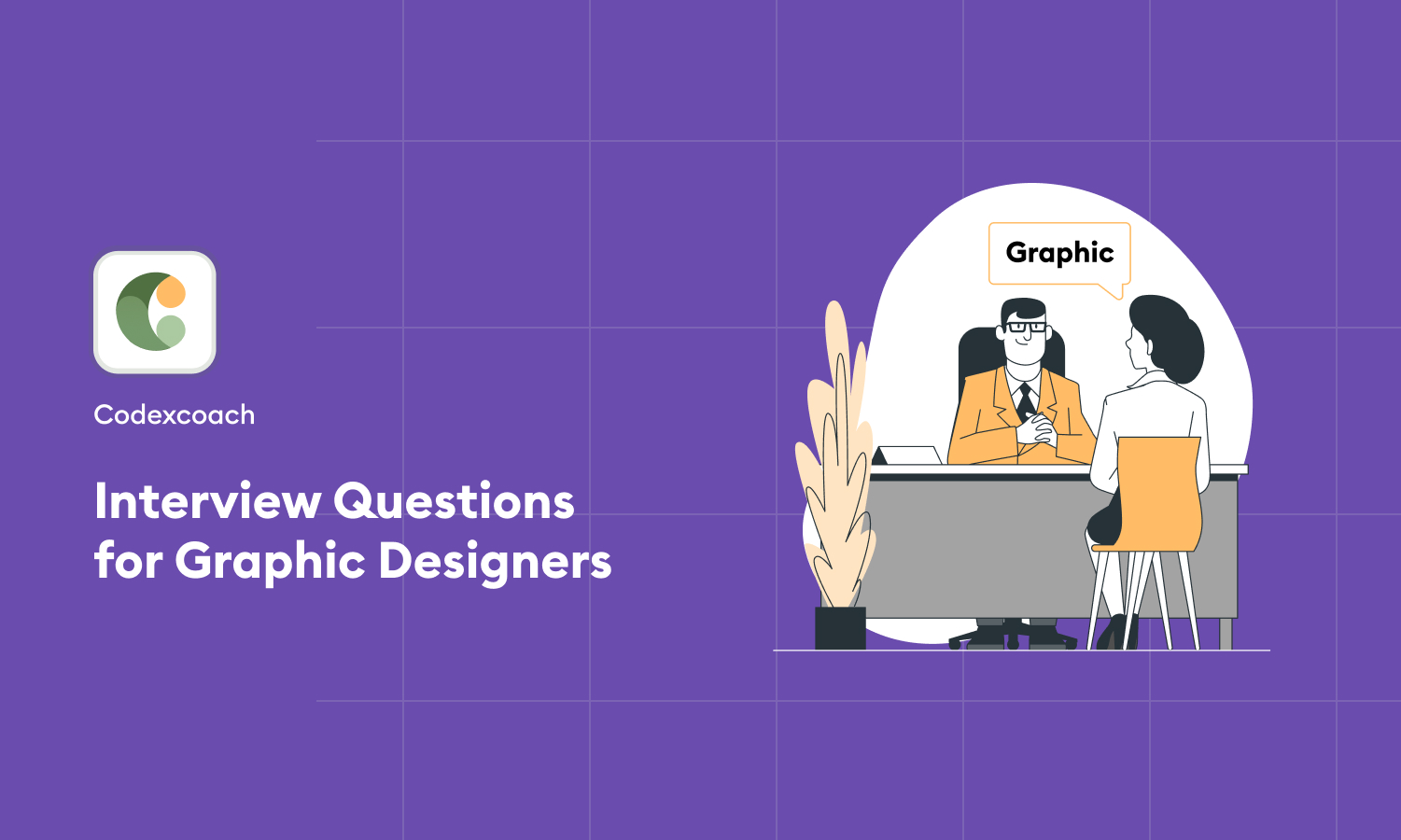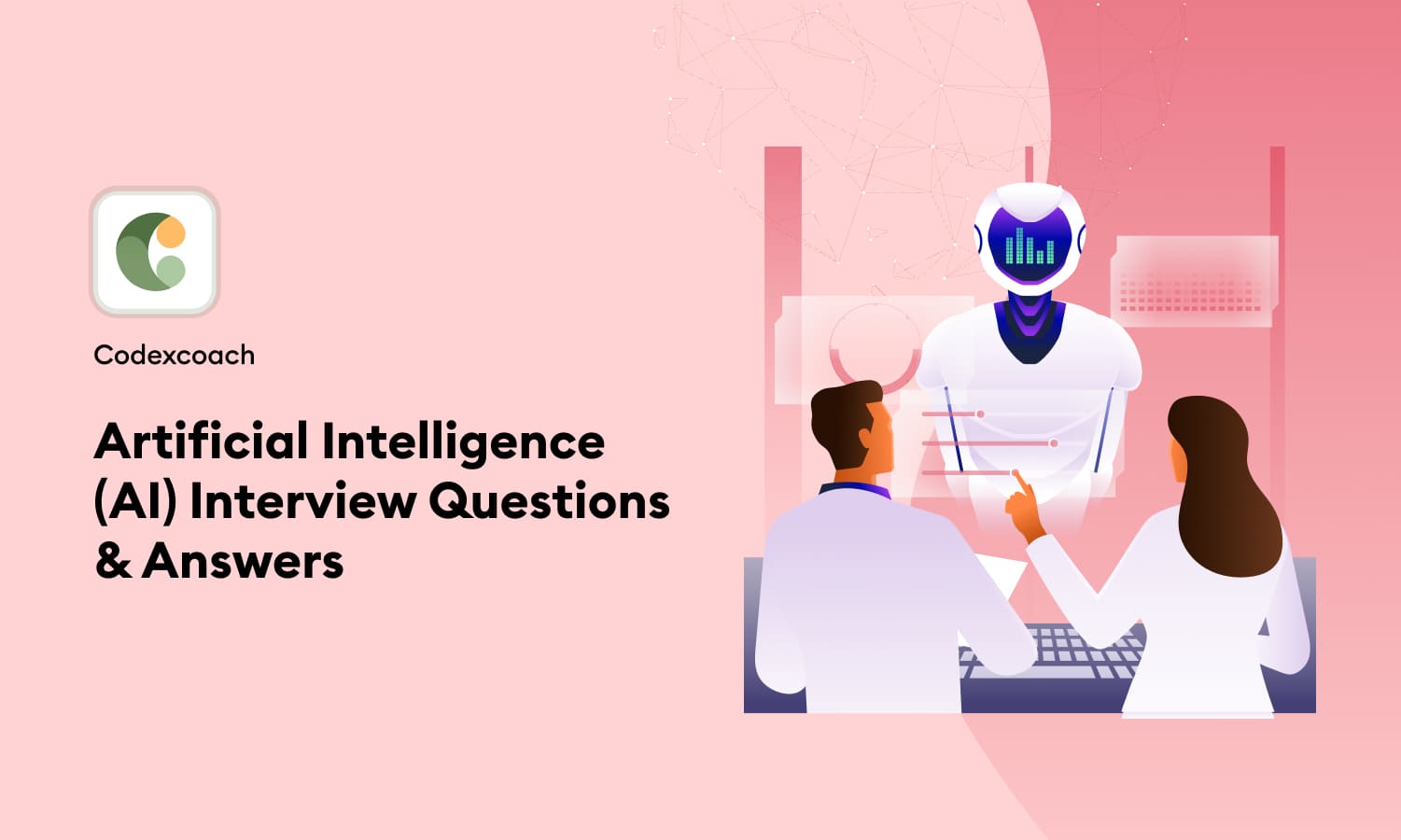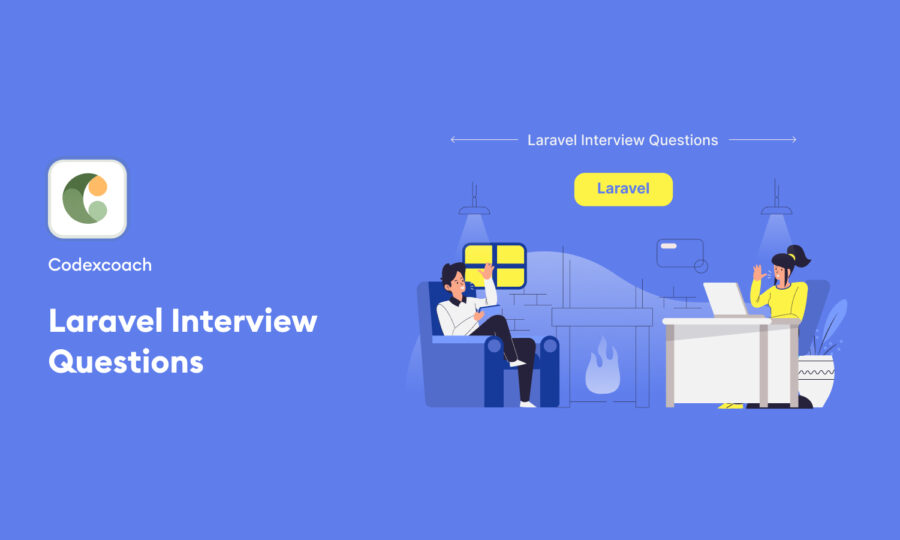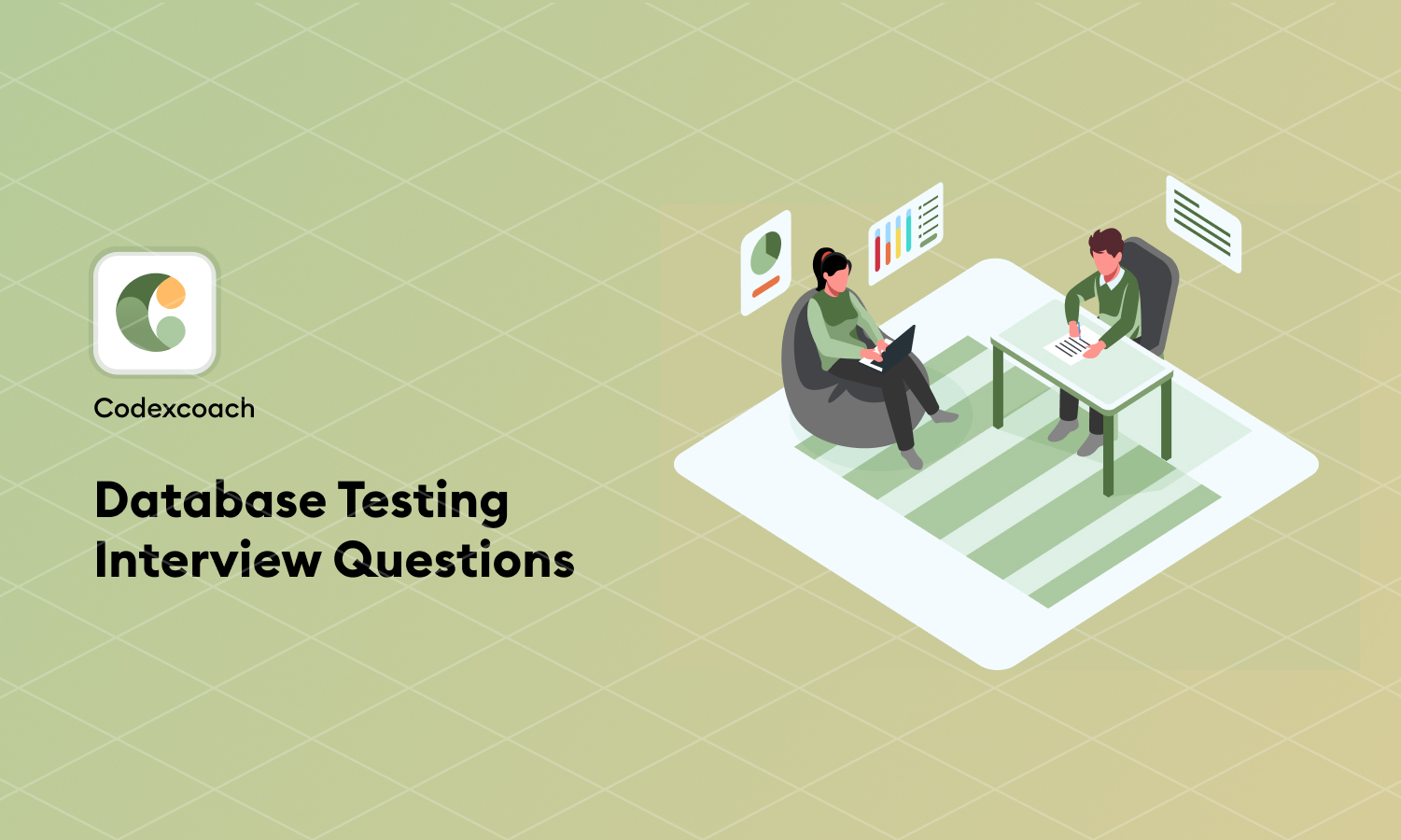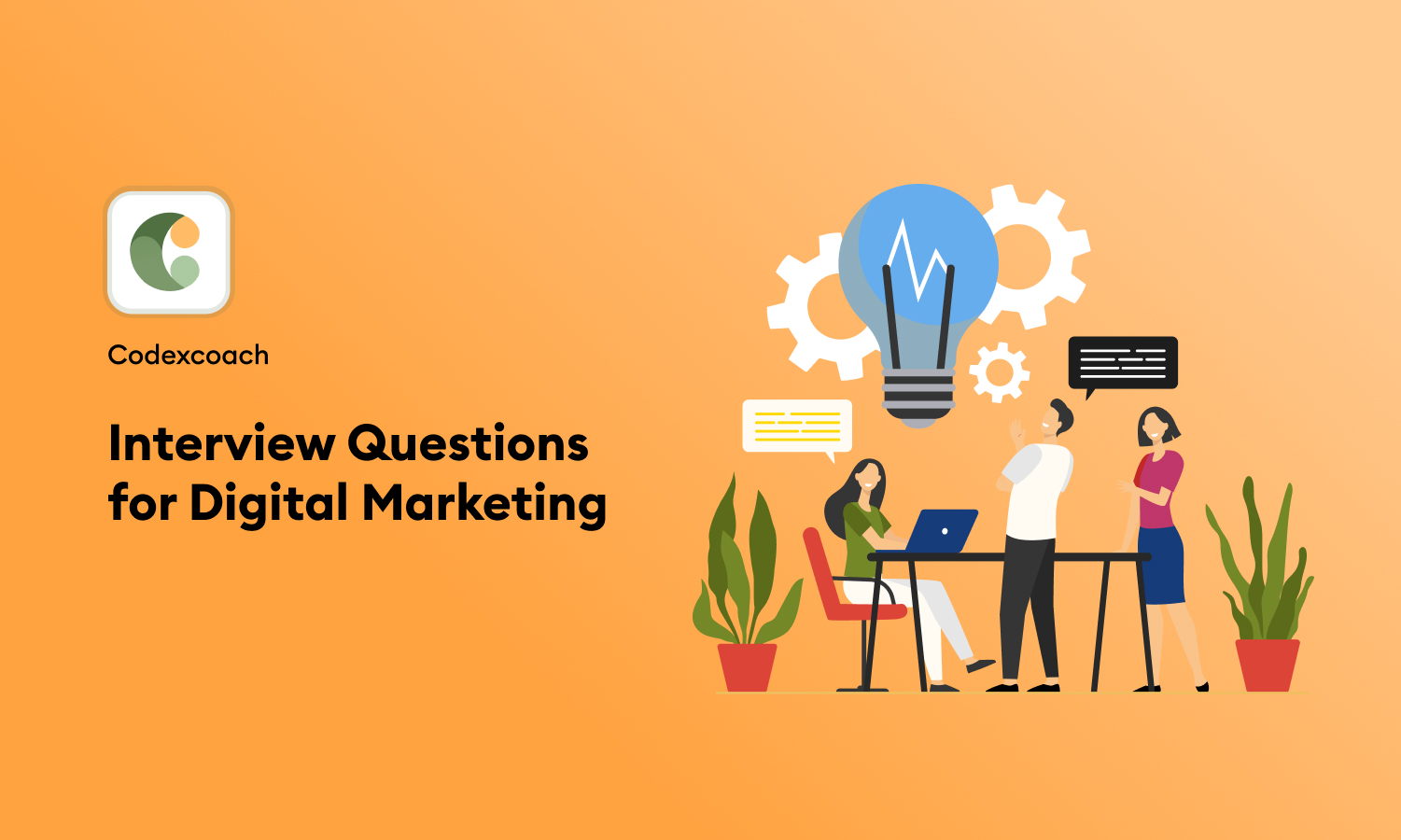What design software are you most proficient in?
Proficiency in Adobe Creative Suite, especially Illustrator, Photoshop, and InDesign, is common. Illustrating the understanding and years of experience with these tools can showcase versatility and technical skills.
Can you describe your design process from concept to completion?
A good design process starts with understanding the client’s needs, conducting research, brainstorming, creating mockups, and refining designs after feedback. This demonstrates organizational skills and attention to detail.
How do you stay updated on the latest design trends and techniques?
Staying updated involves engaging with online design communities, following design blogs, and participating in workshops and webinars. This shows a commitment to continuous learning and keeping work relevant and fresh.
Describe a time when you had to work with a difficult client or team member. How did you handle it?
Effective communication and collaboration, like scheduling face-to-face meetings to clarify expectations and preferences, are key to handling difficult situations.
What is your approach to handling tight deadlines and multiple projects simultaneously?
Prioritizing tasks, breaking down projects into manageable tasks, and maintaining open communication with all stakeholders are strategies to manage multiple projects and tight deadlines effectively.
Can you provide an example of a project where you had to incorporate feedback from multiple stakeholders?
An example is managing a website redesign with stakeholders including marketing, product managers, and CEOs, incorporating their feedback into cohesive design mockups.
Describe how you would approach a complete brand overhaul for a company.
In a brand overhaul, it’s essential to start with a comprehensive brand audit to understand the current brand perception. I’d then define the new brand strategy, including the visual identity and brand voice, ensuring it aligns with the company’s mission and the audience’s expectations. The process would involve close collaboration with stakeholders through workshops and continuous feedback loops.
How do you measure the effectiveness of your designs?
The effectiveness of design can be measured through various methods such as A/B testing, user feedback, and analytics. I focus on key performance indicators (KPIs) that align with the project’s objectives, whether it’s increasing user engagement, conversion rates, or enhancing brand awareness.
What’s your experience with (UX) design and (UI) design?
My experience with UX and UI design revolves around ensuring that user needs are at the forefront while maintaining a visually appealing interface. Balancing functionality with aesthetics is key, and I achieve this by iterative design prototyping and testing to refine both the user journey and the interface details.
Can you discuss a time when you had to sacrifice design aesthetics for usability?
There have been instances where user testing has shown that a simpler design yields better usability, even if it means pulling back on more innovative design elements. I prioritize user needs and goals, and if a simpler design enhances usability, then that becomes the chosen path.
How do you ensure your designs are accessible to all users, including those with disabilities?
Accessibility is integral to my design process. I adhere to WCAG guidelines and use tools to simulate various disabilities, ensuring my designs are usable by people with visual, auditory, motor, or cognitive impairments. This includes considering color contrast, font size, keyboard navigability, and screen reader compatibility.
Explain how you would integrate feedback from data analytics into your design process.
Data analytics provide invaluable insights into how users interact with a design. I use this data to inform design decisions, identify areas for improvement, and validate design changes. Integrating user behavior patterns and conversion metrics helps create more effective and user-centered designs.
How do you approach creating a design system?
A design system is like an ecosystem; it must be comprehensive, interconnected, and scalable. I start by establishing a visual language with core elements like typography, color, and iconography. Then, I create reusable components and patterns, documenting usage guidelines to ensure consistency across different platforms and products.
Discuss your experience with motion design and how you incorporate it into your work.
Motion design can elevate the user experience by providing context and guiding users through interactions. My experience involves using tools like After Effects and Principle to create subtle animations that contribute to storytelling and user engagement without overwhelming the primary content.
Can you explain the concept of ‘design thinking’? How do you apply it?
Design thinking is a problem-solving approach that involves empathy, ideation, prototyping, and testing. I apply it by empathizing with user needs, brainstorming solutions, creating iterative prototypes, and conducting tests to refine products or solutions based on user feedback.
What is your process for conducting user research and testing?
My user research process includes qualitative and quantitative methods — from user interviews and surveys to usability testing. I analyze the findings to uncover insights that inform the design direction. Testing is ongoing, using prototypes to validate and iterate the design based on real user interactions.
How do you handle conflicting feedback during the design process?
Conflicting feedback is an opportunity for deeper understanding. I facilitate discussions between stakeholders to clarify objectives and use design rationale to guide decisions. Prioritizing feedback based on project goals and user needs helps navigate conflicts toward a solution that serves the best interest of the product.
Describe a project where you had to use responsive design. What were the key considerations?
For a responsive design project, the key considerations are flexibility, context, and performance. I ensure that the layout, images, and content scale smoothly across different devices. Using a mobile-first approach, I prioritize content and interactions essential for smaller screens and progressively enhance the experience for larger displays.
In what ways do you consider the impact of your designs on the environment and society?
As a designer, I recognize the importance of sustainable and socially responsible design. I consider the lifecycle of the products I create, from the sourcing of materials to their durability and end-of-life disposal. Additionally, I aim to create designs that are inclusive and considerate of diverse audiences to ensure a positive impact on society.
How do you approach redesigning a legacy system with a large user base?
Redesigning a legacy system is a delicate process that involves balancing innovation with familiarity. My approach includes extensive user research to understand the needs and pain points of the current user base. I then introduce changes incrementally, ensuring to communicate the benefits and providing support during the transition to the new system.
Can you discuss the importance of typography in design?
Typography is a fundamental element of design that affects readability, accessibility, and the overall aesthetic. I select typefaces that reflect the brand’s personality and ensure that they function well across various applications and devices. Attention to details like kerning, leading, and hierarchy is essential for effective communication.
Describe how you have incorporated user feedback into a product’s iterative design cycle.
Incorporating user feedback is crucial for the iterative design cycle. After releasing a feature, I collect user feedback through surveys, interviews, and usage data. This feedback is then analyzed to identify trends and actionable items, which inform the next iteration of the design, ensuring the product evolves in alignment with user needs.
What challenges have you faced with cross-functional team collaboration, and how did you address them?
Cross-functional collaboration can present challenges such as differing priorities or communication barriers. I address these by establishing clear goals, facilitating regular cross-departmental meetings, and creating shared documentation to ensure alignment and transparency across all team functions.
How do you ensure your design solutions are scalable and adaptable to future changes?
Scalability and adaptability are built into my design solutions through modularity, adherence to standards, and anticipation of future trends. By creating flexible design systems and keeping abreast with technological advancements, I prepare designs to evolve smoothly as requirements or technologies change.

